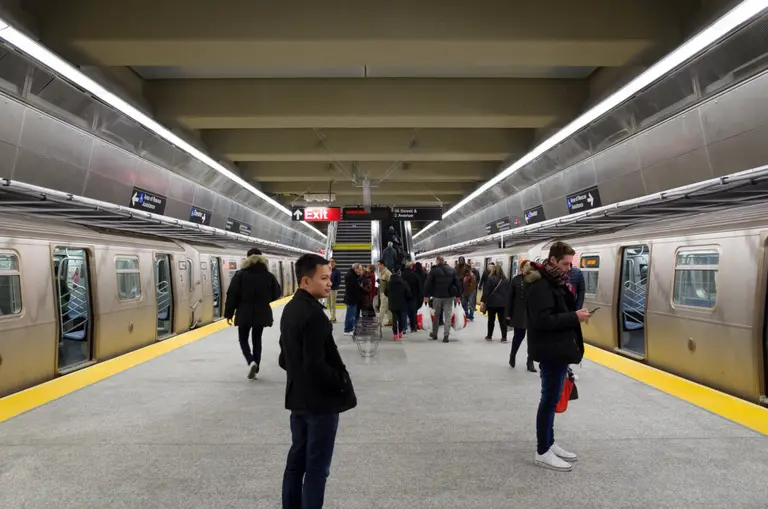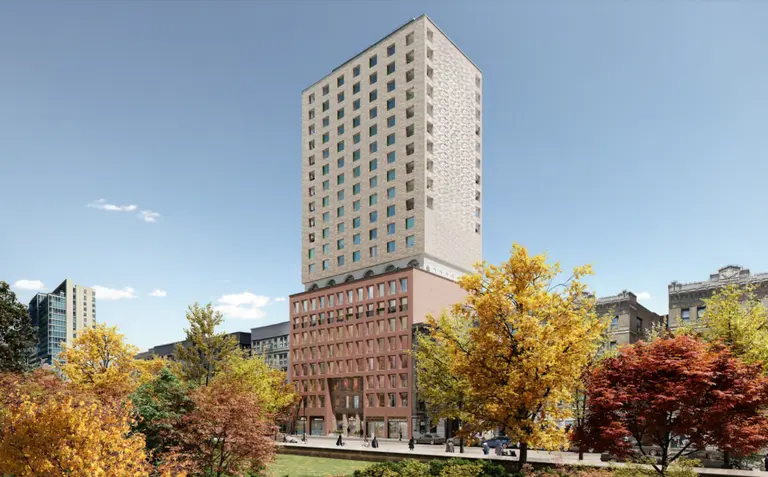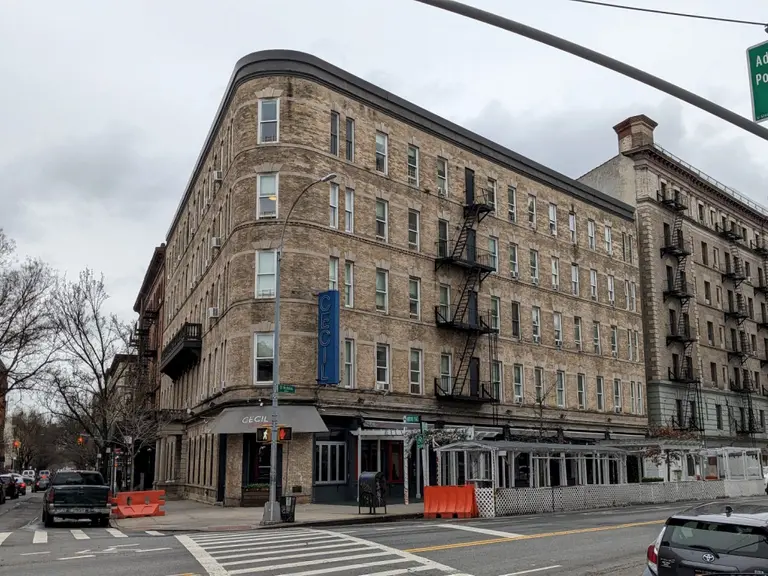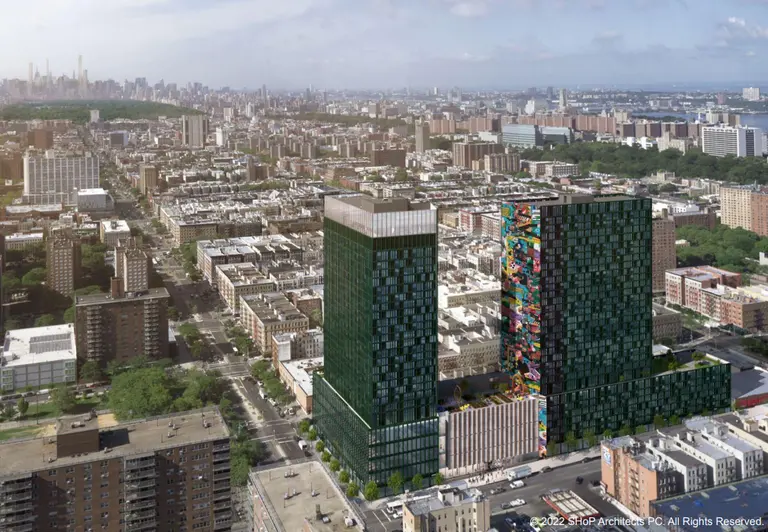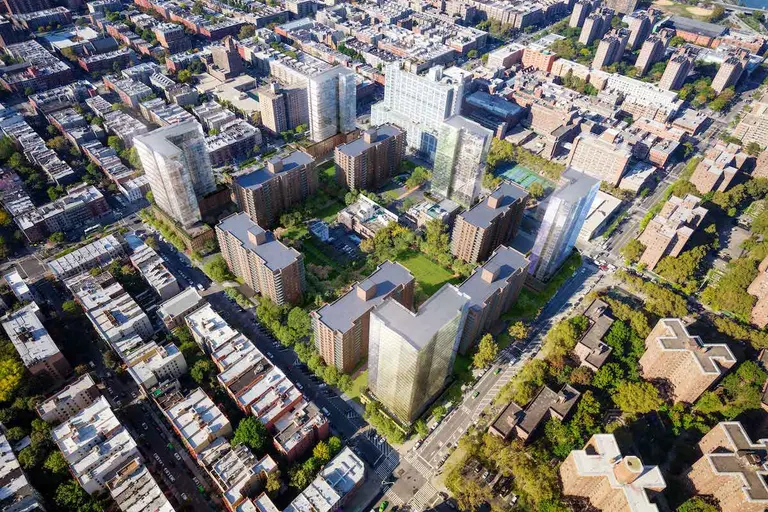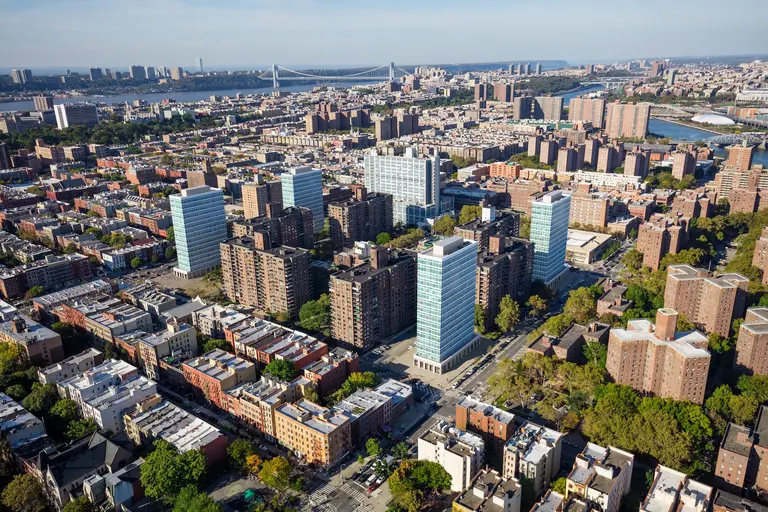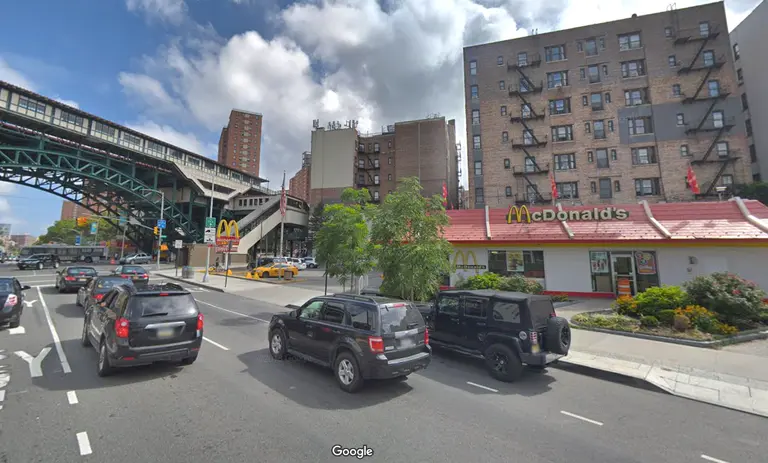With ties to the Harlem Renaissance, Dorrance Brooks Square is designated a historic district
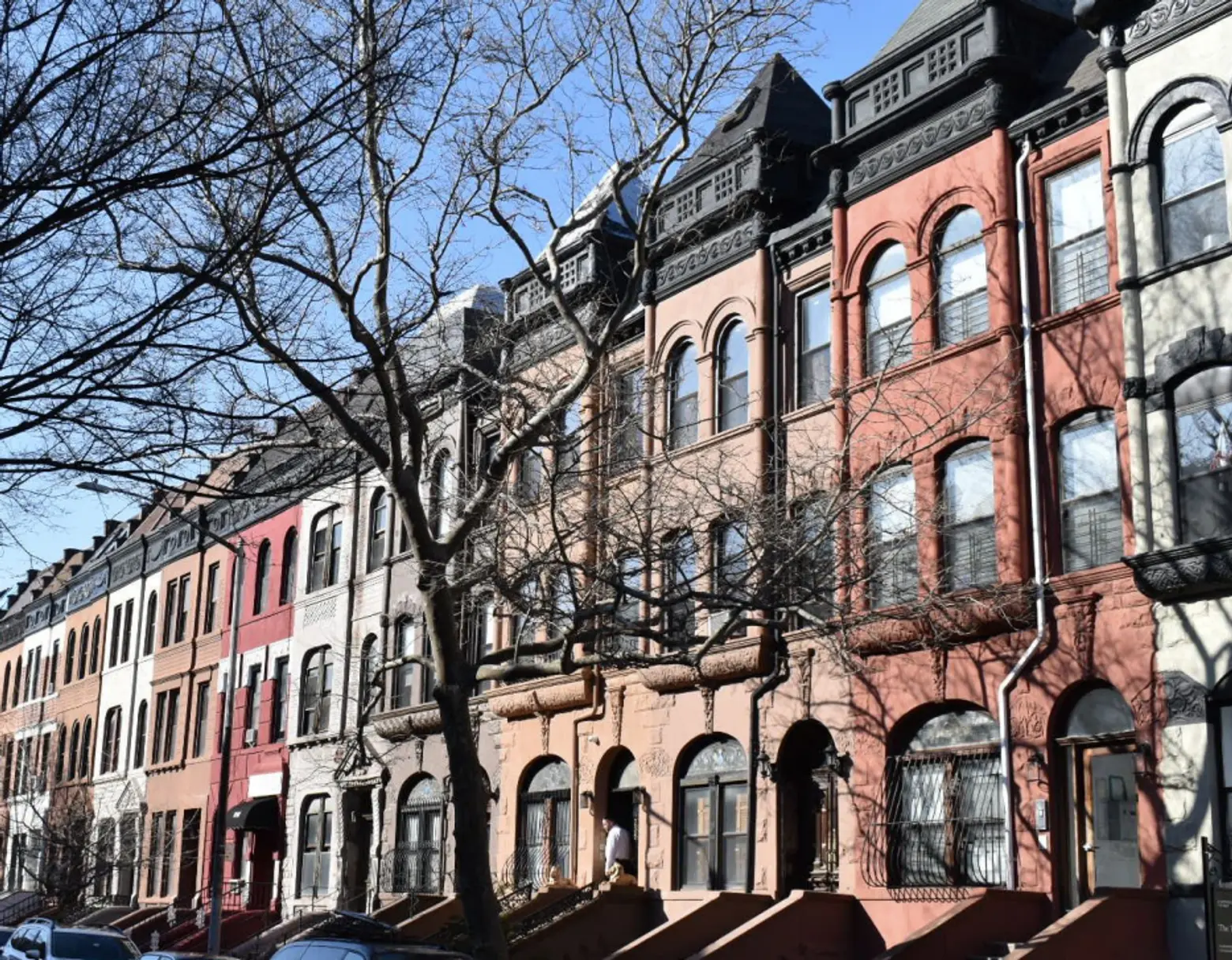
Courtesy of the Landmarks Preservation Commission
The Landmarks Preservation Commission on Tuesday voted to designate the Dorrance Brooks Square Historic District, an architecturally intact area of Harlem associated with notable Black Americans. The district is anchored by Dorrance Brooks Square, a small park named for a member of the Harlem Hellfighters who died in active combat during World War I. When it was dedicated by the city in 1925, the square became the first in New York City to honor a Black serviceman. The historic district designated on Tuesday is the first in the city to be named after an African American, according to the LPC.
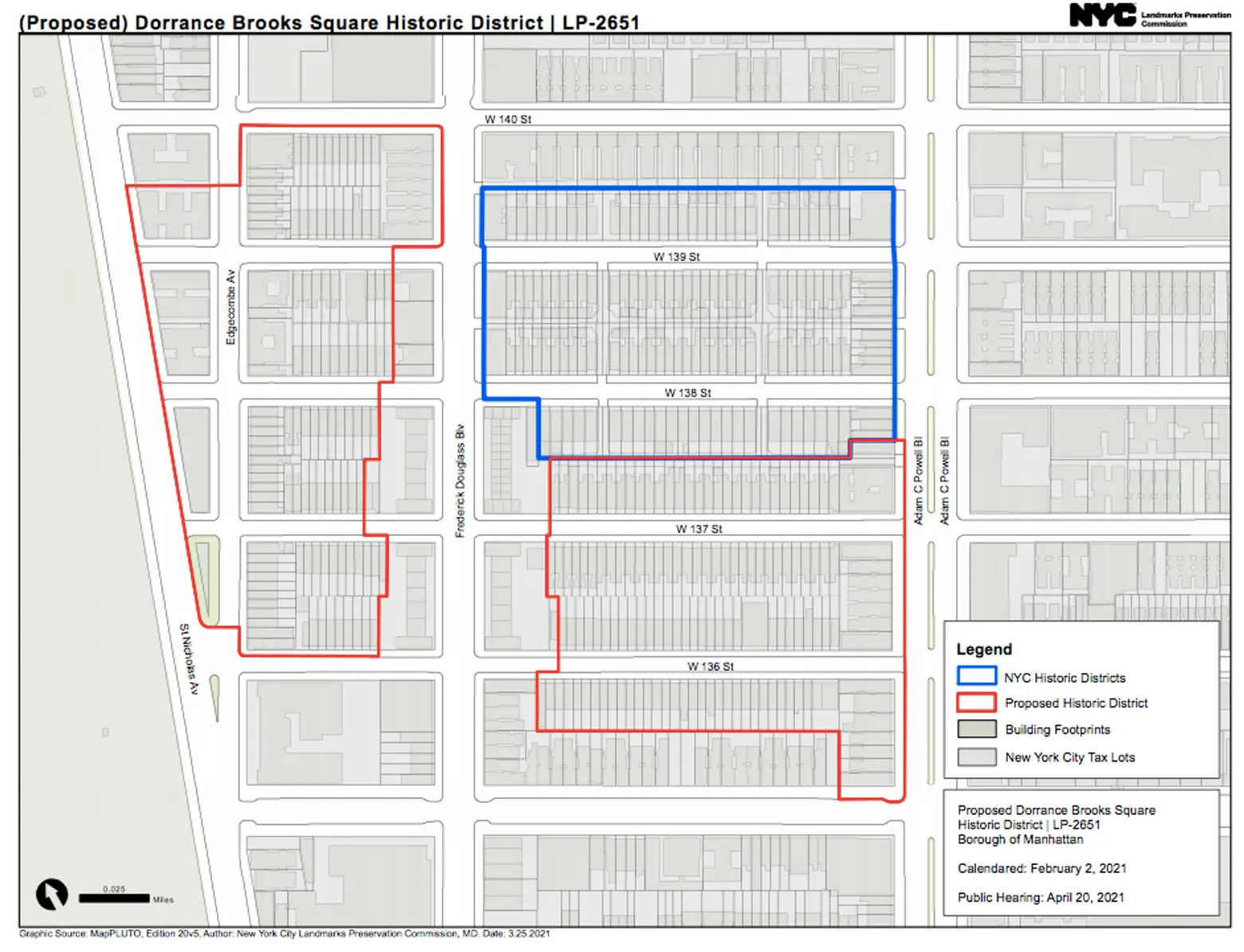
The district involves two sections on either side of Frederick Douglass Boulevard between West 136th Street and West 140th Street. The area consists of intact streetscapes with a variety of 19th- and 20th-century building types, including row houses, multi-family dwellings, mixed-use buildings, and institutions. A majority of the structures in the district were designed by one or two prominent architects, mostly in the Renaissance Revival, Queen Anne, and Romanesque Revival styles.
In addition to its architectural integrity, the Dorrance Brooks Square Historic District was home to several notable Black residents, many with associations to the Harlem Renaissance that took place between the 1920s and 1940s.
Writer-activist W.E.B. Du Bois, actress Ethel Waters, and sculptor Augusta Savage all called this area home. At the apartment building at 580 St. Nicholas Avenue, Regina Anderson, Luella Tucker, and Ethel Ray Nance hosted the “Harlem West Side Literary Salon,” which helped foster careers of artists like Langston Hughes and Countee Cullen, according to the commission’s research.
Several buildings within the district served as headquarters for many activist groups, including the National Urban League, the Brotherhood of Sleeping Car Porters (the first African-American trade union), and the residence of Walter F. White, the president of the NAACP.
As part of its research, the commission noted both the intact streetscapes of the neighborhood and its ties to the Harlem Renaissance and Civil Rights movements as reminders of the area’s development and “the contributions of the African American community to the history of New York City and the nation.” Plus, the agency cited the 100th anniversary of the Harlem Renaissance as an appropriate time to honor the neighborhood.
“This district combines beautiful architecture and streetscapes, intact historic character, and an incredible amount of cultural and historic significance, especially associated with the Harlem Renaissance when its notable residents made important contributions to the arts, social, political activism, education, and medicine,” LPC Chair Sarah Carroll said on Tuesday.
The Dorrance Brooks Property Owners and Residents Association, which has advocated for the landmark designation of this neighborhood for the last decade, applauded the commission’s decision.
“The Dorrance Brooks Property Owners and Residents Association is very grateful to all of the historic preservation organizations, elected officials, community residents and other stakeholders who worked very hard for a long time for this effort to succeed,” Keith Taylor, president of the Dorrance Brooks Property Owners & Residents Association, said in a statement.
“We are especially proud that this will be the first historic district in the City of New York ever to be named after an African-American, hero Harlem Hellfighter Private First Class Dorrance Brooks. This designation will preserve Central Harlem’s iconic cultural and architectural legacy for generations to come, in particular the many contributions of the African diaspora in the Village of Harlem to this country and the rest of the world.”
The Dorrance Brooks Square Historic District joins landmarked areas in Harlem like the St. Nicholas Historic District, the Hamilton Heights/Sugar Hill Historic District, the Mount Morris Park Historic District, and the Central Harlem Historic District.
On Tuesday, the LPC also designated the New York Public Library, Harlem Branch at 9 West 124th Street as an individual landmark. Featuring the Classical Revival style, the library is one of five Carnegie libraries in Harlem designed by McKim Mead, & White, all of which are landmarks. The branch was recognized for the role it has played in the Black community of the neighborhood.
Earlier this year, the commission released a new “equity framework” to ensure diversity and inclusion in designations, effective outreach, and transparency and fairness. Since then, the LPC has landmarked the former NAACP headquarters in Greenwich Village, the Holyrood Episcopal Church-Iglesia Santa Cruz in Washington Heights, the 19th-century abolitionist home in Downtown Brooklyn, and others.
RELATED:
- Dorrance Brooks Square: A Harlem enclave with World War and civil rights ties
- Historic places in the UWS, Harlem and Sunset Park are recommended for state and national designation
- A mecca of African American history and culture, Central Harlem is designated a historic district
- Former NAACP headquarters in Greenwich Village is now a New York City landmark
